V-Notes Surgery – Safe, Effective, and Scar-Free
V-NOTES (Vaginal Natural Orifice Transluminal Endoscopic Surgery) is an innovative endoscopic surgical technique in which access to the abdominal organs is achieved through the vagina — a natural orifice that does not require any incisions on the abdominal skin. It is a form of natural orifice transluminal endoscopic surgery, developed as an alternative to traditional laparoscopic procedures.
Показания для V-NOTES:
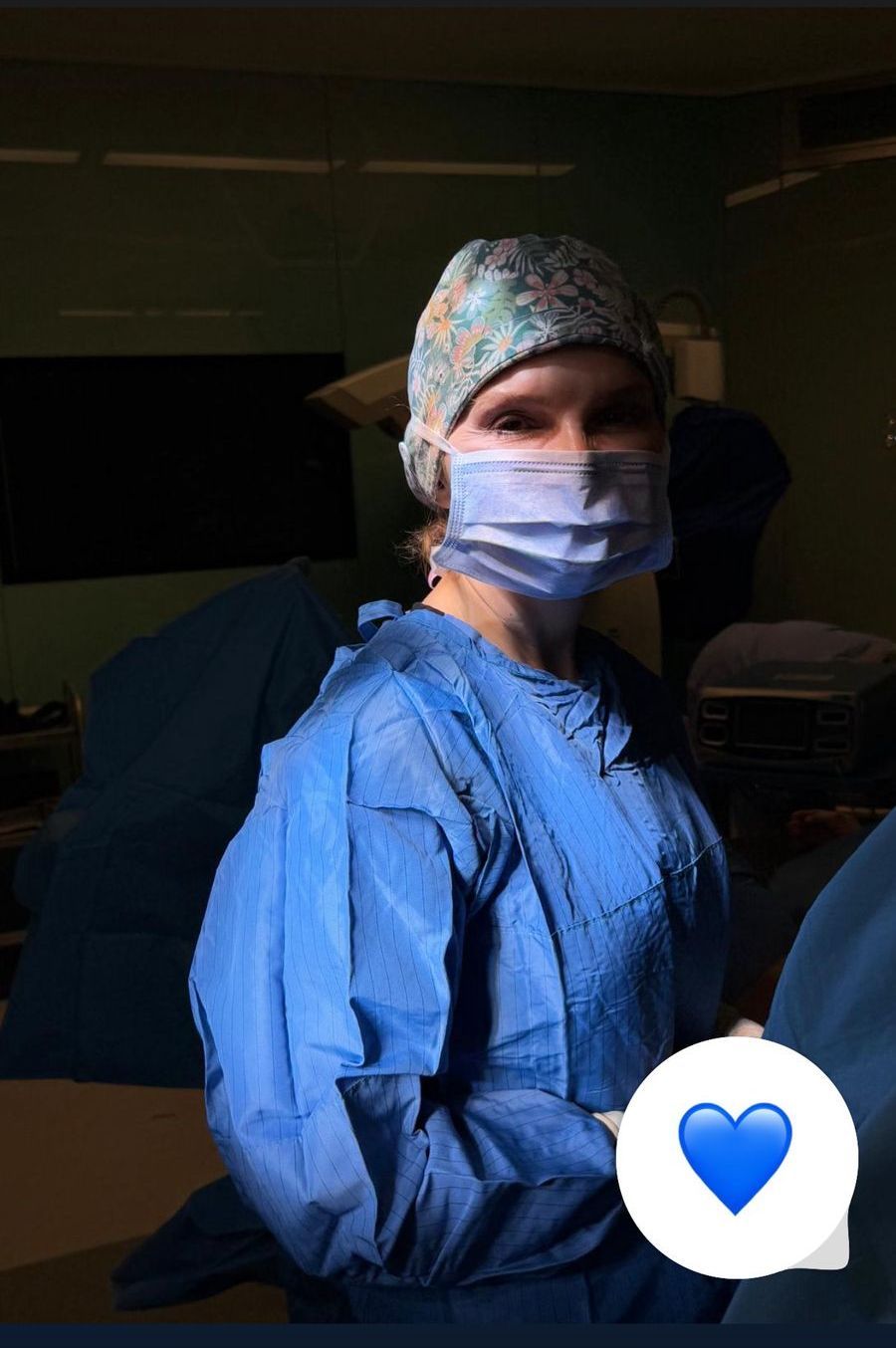
- Pelvic organ prolapse;
- Removal of the uterus with or without adnexa (ovaries and fallopian tubes);
- Removal of ovarian cysts;
- Tubal surgeries: diagnostic procedures, adhesiolysis, ectopic pregnancy;
- Removal of subserosal fibroids.
Let’s take a closer look at each point:
- Pelvic organ prolapse
- Removal of the uterus with adnexa (fallopian tubes and ovaries)
- Removal of ovarian cysts
- Tubal surgeries: diagnostics, adhesiolysis, ectopic pregnancy
- Removal of subserosal fibroids
The method allows for restoring the normal position of the uterus and vagina without any abdominal incisions. This is especially important in cases of prolapse, which significantly reduces a woman’s quality of life.
Through the vaginal approach, the uterus, fallopian tubes, and ovaries can be carefully removed in cases of fibroids, endometriosis, or suspected malignancy. Recovery after this type of surgery is typically faster for the patient.
The surgery is performed when benign formations are present on the ovaries. The method helps preserve healthy ovarian tissue and reproductive function.
V-NOTES is suitable for checking tubal patency, removing adhesions, and performing salpingectomy in cases of ectopic pregnancy — all without leaving any scars on the abdomen.
These fibroids are located on the outer surface of the uterus and can be easily removed through the vaginal route. This allows the uterus to be preserved and avoids the need for open surgery.
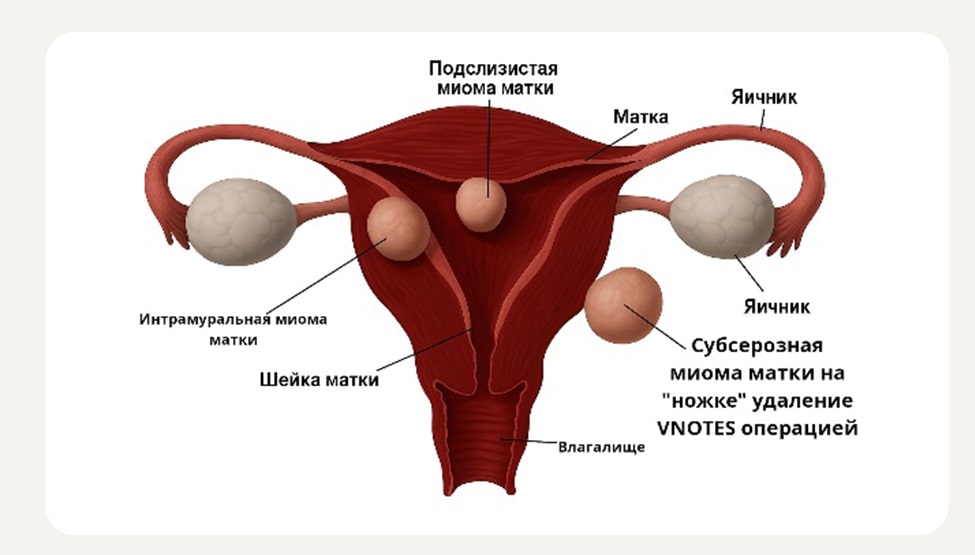
Many people hear about the V-NOTES method for the first time, and that’s not surprising. This surgical technique is not yet as widely used as laparoscopy because it requires special equipment and specific training for the surgeon. Moreover, it is rarely discussed during consultations and is not commonly featured in popular sources. Nevertheless, V-NOTES is already being used in leading clinics around the world and is considered one of the gentlest methods in gynecological surgery.
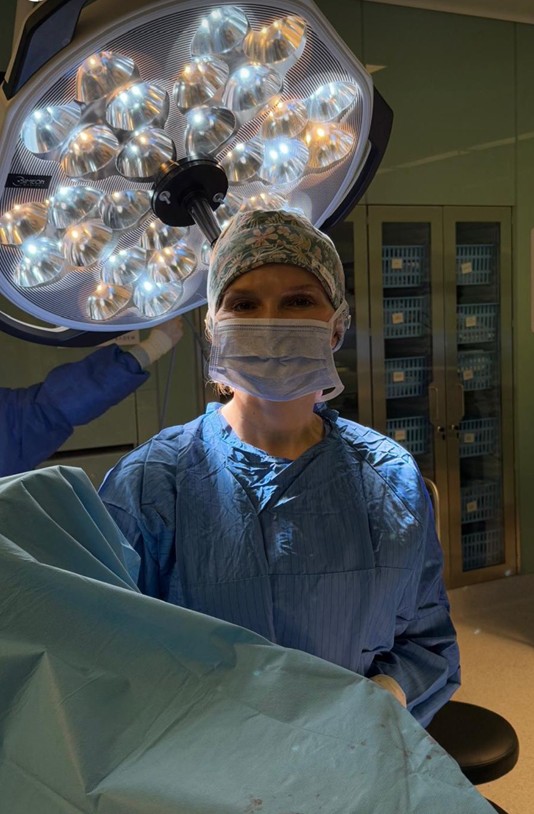
- A relatively new technology
- Requires special training for the surgeon
- Not included in standard protocols everywhere
- Lack of information for patients
- Stereotypes about the vaginal approach
The method has been actively developing only in the last 10-15 years. In some countries it is being introduced faster, in others – more slowly. In Russia, for example, transvaginal endoscopy is available only in certain medical centers with the appropriate level of training and equipment.
Not every gynecologist can perform such procedures — it requires specialized training, modern equipment, and experience in endoscopy. That’s why not all clinics offer this method.
Although the method is safe and effective, many clinics still more commonly use traditional laparoscopy.
The method is rarely discussed during consultations, is poorly described on hospital websites, and is almost never mentioned in the media.
Some doctors and patients still have doubts or prejudices, thinking that if the surgery is "through the vagina," it might be "less reliable." In reality, however, it is a high-tech and minimally invasive method.
What is a V-Port?
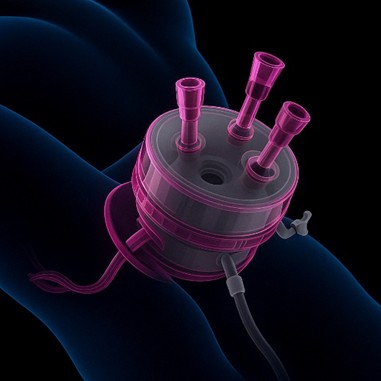
A V-Port is a type of reusable (or disposable) laparoscopic port used in laparoscopy — a minimally invasive surgical technique performed through small incisions in the abdominal wall.
It allows the surgeon to:
- insert a laparoscopic camera (to visualize internal organs)
- use multiple surgical instruments simultaneously
- maintain the airtightness of the abdominal cavity (to preserve pneumoperitoneum — the CO₂ gas introduced to create working space)
Structure of the V-Port:
- Base (platform): securely fixed into the incision through the skin and muscle.
- Sealed cap with multiple channels (trocars):
- one for the laparoscope (camera)
- others for surgical instruments: scissors, clamps, coagulators, etc.
- One-way valves: prevent gas from escaping and help maintain intra-abdominal pressure.
- Gas port: for connecting the CO₂ gas supply system.
- Additionally: sometimes includes fixation elements for the skin or a special gel pad.
How a V-NOTES Surgery Is Performed: Step by Step
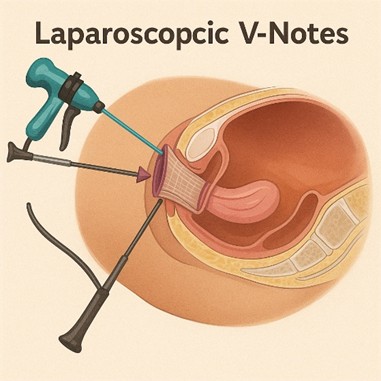
V-NOTES surgery combines the benefits of endoscopy with access through a natural orifice, without any skin incisions. Here's how the procedure is carried out:
- Preparation and anesthesia
- Insertion of a special port through the vagina
- Creating a working space in the abdomen
- Endoscopic surgery
- Tissue removal
- Completing the surgery
- Awakening and recovery
The procedure is performed under general anesthesia. The patient is asleep and feels no pain. Prior to surgery, standard lab tests, an ultrasound, and medical consultations are conducted.
The surgeon carefully inserts a special multi-channel surgical port into the upper part of the vagina. This device serves as the "entry gate" for the endoscope and instruments.
Carbon dioxide (CO₂) is introduced through the port into the abdominal cavity to create space and gently move the organs apart — this is necessary for clear visibility and safe operation.
Through the same port, the surgeon inserts a miniature camera (endoscope), which transmits images to a screen, along with special instruments. The surgeon then performs the necessary procedure — such as removing the uterus, fallopian tube, cyst, or fibroid — depending on the indication.
The removed tissues are extracted through the vaginal access — without the need for abdominal incisions.
At the end of the procedure, the gas is released, the port is removed, and the vaginal incision is closed (if necessary). Usually, no external stitches are needed, and healing is quick.
After waking up, the woman typically remains under observation for a few hours. Most patients feel well enough the very next day to get up, walk around, and even go home.
Advantages of the V-NOTES Method:
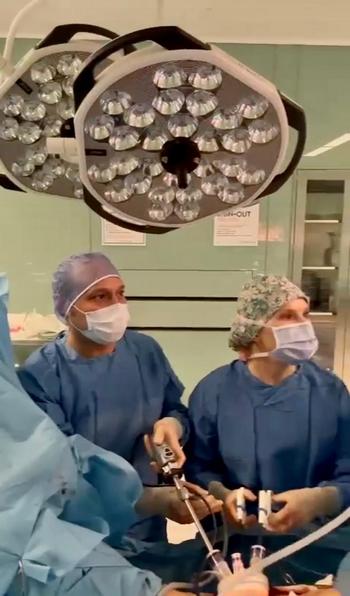
- No visible scars
- Minimal pain
- Faster recovery
- Short hospital stay
- High precision
V-NOTES does not require any incisions on the abdomen — the entire access is through the vagina. This means there are no visible marks after surgery. This outcome is important not only from an aesthetic point of view but also helps many women avoid the psychological discomfort associated with bodily changes.
Since the skin, muscles, and fascia of the abdominal wall are not damaged during surgery, the pain after V-NOTES is significantly less than after traditional laparoscopy. This reduces the need for pain medication and makes recovery easier.
Women recover noticeably faster after V-NOTES compared to traditional surgeries. Within just a few days, most can return to their daily activities, including work, childcare, and light physical exercise — without feeling exhausted or in pain.
In many cases, V-NOTES can be performed as a "day surgery." If there are no complications, the patient can be discharged within 24 hours after the procedure — and sometimes even the same day. This reduces stress, financial costs, and the risk of hospital-acquired infections.
The method uses advanced endoscopic equipment with an HD camera, providing a clear view of the internal organs. This allows the surgeon to work with great precision and safety, especially in complex anatomical areas. As a result, the risk of errors and complications is minimal.

How V-NOTES Differs from Laparoscopy:
- Laparoscopy requires several incisions in the abdominal wall. Scars remain.
- V‑Notes — access is only through the vagina, with no external incisions or cuts. No scars.
- In laparoscopy, a larger volume of gas is introduced into the abdominal cavity, increasing the likelihood of postoperative pain.
- V-Notes requires less gas, making the postoperative period easier.
- The recovery period after laparoscopy lasts from several days to a week.
- V-Notes is a more comfortable procedure, and recovery usually takes no more than 24 hours.
When Is the V-NOTES Method Indicated?
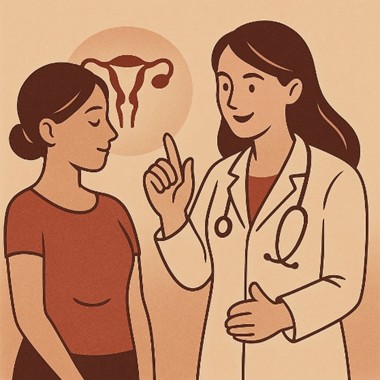
The V-NOTES method is suitable for women who require gynecological surgery but want to minimize postoperative pain, speed up recovery, and avoid abdominal scars.
It is most commonly used for:
- removal of the uterus with or without adnexa (hysterectomy)
- removal of ovarian cysts
- treatment of ectopic pregnancy
- adhesiolysis and evaluation of tubal patency
- removal of subserosal fibroids
- correction of pelvic organ prolapse
This method is especially relevant for patients who:
- want to return quickly to work and an active lifestyle
- value aesthetic results and the absence of visible scars
- have already given birth (vaginal access is easier post-delivery)
- aim to reduce the risk of complications related to external incisions
Important: The decision to perform V-NOTES is made by the doctor after an in-person examination, ultrasound, and evaluation of the patient’s individual characteristics.
Who Is Not a Candidate for the V-NOTES Method?

Although V-NOTES is a modern and safe technique, it is not suitable for all patients. The doctor always evaluates the individual characteristics of the body, anatomy, and overall health. In some cases, an alternative surgical approach may be more appropriate.
The method is not used in the following situations:
- Significant adhesions in the pelvis or abdominal cavity
- Severe obesity or a narrow vagina
- Suspicion of malignant tumors
- Pregnancy
- Acute genital tract infections
After previous surgeries or inflammations (such as peritonitis), tissues may be fused together, making vaginal access technically difficult or unsafe.
In cases of severe obesity, accessing the organs via the vagina may be challenging. Similarly, access may be limited in women with a naturally narrow vagina or certain anatomical features — especially those who have never had vaginal intercourse or childbirth.
If there is a cancer risk, doctors usually choose another access route to allow for a wider surgical view and to fully comply with oncological principles.
The method is not used during pregnancy, even when surgery is necessary — gentler and safer alternatives are chosen to protect both mother and baby.
If there is active inflammation, infection, or herpes in the vagina or cervix, vaginal access is contraindicated due to the risk of spreading infection into the abdominal cavity.
- Every woman is unique, and it is important to choose the surgical method that is the safest for you.
- There are other effective surgical options available — we will make sure to find the one that suits you best.
- Your health and comfort are our top priority, and we will always work with you to find the best solution.
Watch the video about the V-NOTES
The V-NOTES method using a V-Port is a modern approach to gynecological surgery that combines minimal invasiveness with high effectiveness. It allows for complex procedures to be performed without abdominal incisions, reducing the risk of complications and speeding up recovery. Thanks to the use of a specialized port, a safe and convenient access route is created through the vagina. This is an aesthetic, gentle, and promising method — opening new possibilities in caring for women’s health.
With care and respect,
Obstetrician-Gynecologist, IVF Specialist


